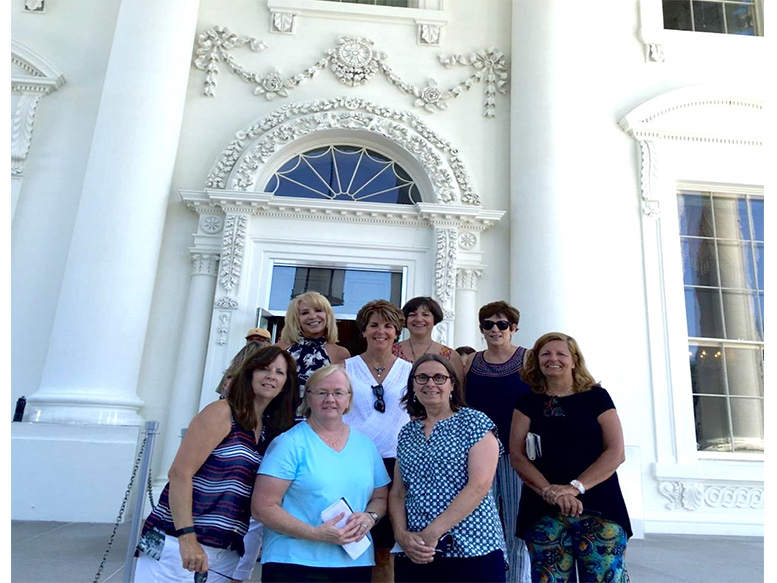 We all tend to gravitate toward people who are like us. This is true in our friendships, our relationships and, yes, our work teams. We hope that by focusing on those similarities there will be more harmony and, by extension, a better, more productive work environment. But think about what “harmony” is, in the true sense of the word. It’s NOT everyone singing the same note. It’s people singing different notes that creates harmony.
We all tend to gravitate toward people who are like us. This is true in our friendships, our relationships and, yes, our work teams. We hope that by focusing on those similarities there will be more harmony and, by extension, a better, more productive work environment. But think about what “harmony” is, in the true sense of the word. It’s NOT everyone singing the same note. It’s people singing different notes that creates harmony.
As a team leader, it’s easy to fall into like = harmony thinking. Avoid conflict. Get to the performing stage quicker. Shorten the decision cycle. And yet, without giving air to those different notes – different ideas, strengths, approaches, views – you miss the opportunity to create something innovative and new. Same ol’, same ol’ produces the same ol’, same ol’. Every time.
Consider this scenario.
Mike is about to meet for the first time with a temporary project team he’ll be heading up for the next several months. The members were assigned to him, so he had no input into their selection. He’s disappointed that he wasn’t asked to pull together a team from “his” people, who think just like him. Life would be so much easier. He hasn’t met any of the team yet, but he’s spoken with four of their managers and has made some notes.
Robert. Quick-thinking. Direct. Not afraid of conflict or challenging the status quo. Confident and decisive. Track record of meeting deadlines and staying within budget. Competitive. Task-focused.
Yolanda. Lots of ideas. Good at creating a vision and inspiring others to follow. Outgoing and friendly. Likes variety and flexibility. Tends to change topics quickly during discussions. Relationship-focused.
Gary. Quiet and reserved. Great listener. Works to ensure that everyone has the opportunity to be heard. Good at coordinating efforts and maintaining strong relationships. Strong focus on values.
Barb. Analytical and detail-oriented. Excellent at ensuring all bases are covered. Processes information by asking questions. Lots of questions. Takes a systematic approach to decision-making.
Mike wonders how he will ever be able to meld these diverse styles together to complete the project. He worries that Robert will compete with his leadership, and that Barbara will get too caught up in the details to get anything done. And how will Yolanda and Gary work with the other two?
Mike decides that the only way forward is to embrace the differences instead of fearing them. And a magical thing happens. Yes, there are some conflicts at the start – as there are on all teams – but those conflicts, and the different approaches, perspectives, talents, ideas, and strengths harmonize into a final product that is far superior to anything Mike in his monotone world had ever seen. Because…
Yolanda created a vision.
Robert kept them on track.
Gary ensured they were heard.
Barb let nothing fall through the cracks.
Want to learn more about individual styles and the value each can add to your team? Contact PeopleThink: 415.440.7944 or kcolligan@peoplethink.biz.
Till next time,
Karen








